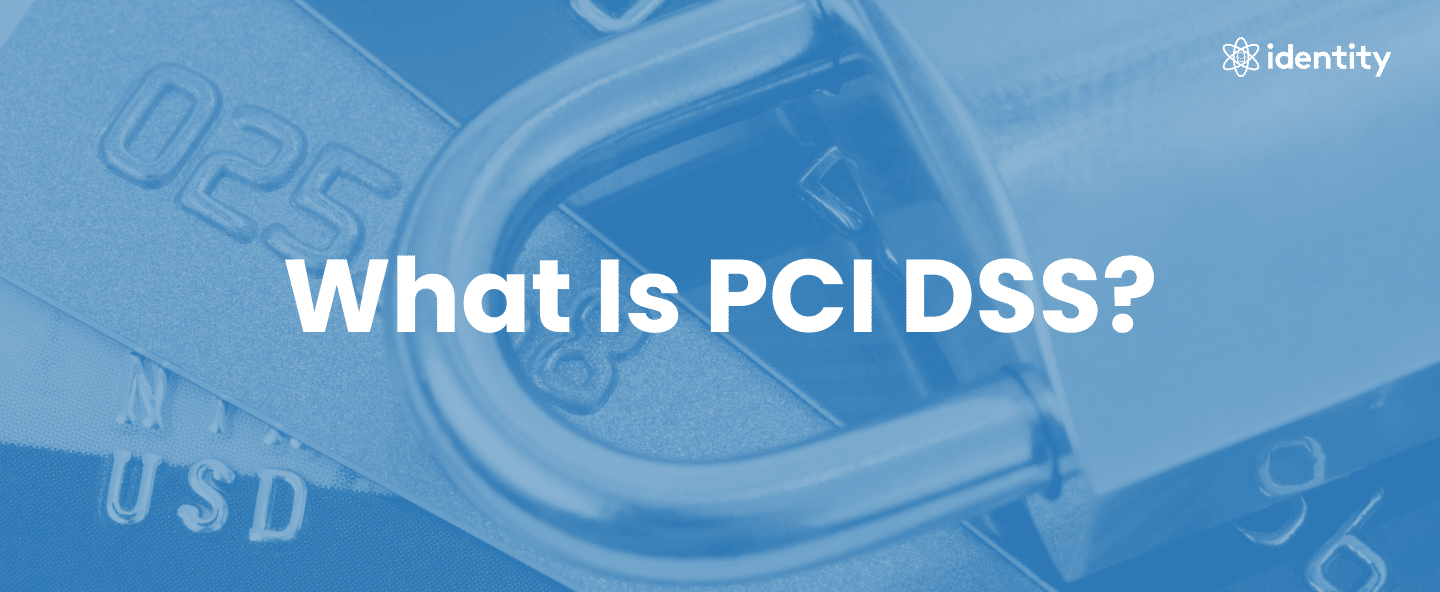
What Is the Securities and Exchange Commission (SEC)?
Key Takeaways: The U.S. Securities and Exchange Commission (SEC) is a federal agency responsible for regulating the securities industry. It’s

Key Takeaways: The U.S. Securities and Exchange Commission (SEC) is a federal agency responsible for regulating the securities industry. It’s

Key Takeaways: The Commodity Futures Trading Commission (CFTC) is an independent U.S. government agency that regulates the derivatives markets. These

Key Takeaways: Anti-Money Laundering (AML) are laws, regulations, and procedures that prevent criminals from disguising illegally obtained funds as legitimate

Key Takeaways: The Global Legal Entity Identifier Foundation (GLEIF) is an organization established to support the implementation and use of

Key Takeaways: The Financial Industry Regulatory Authority (FINRA) is a non-governmental, self-regulatory organization that oversees U.S. brokerage firms and exchange

Key Takeaways: SOC 2 (System and Organization Controls 2) compliance is a set of standards designed to manage how organizations

Key Takeaways: The Financial Crimes Enforcement Network (FinCEN) is a bureau of the U.S. Treasury that works to detect and

Key Takeaways: PCI DSS (Payment Card Industry Data Security Standard) sets security requirements for businesses that handle credit card transactions,

Key Takeaways: Know Your Transaction (KYT) is a tool for financial institutions to analyze transactions and combat money laundering and